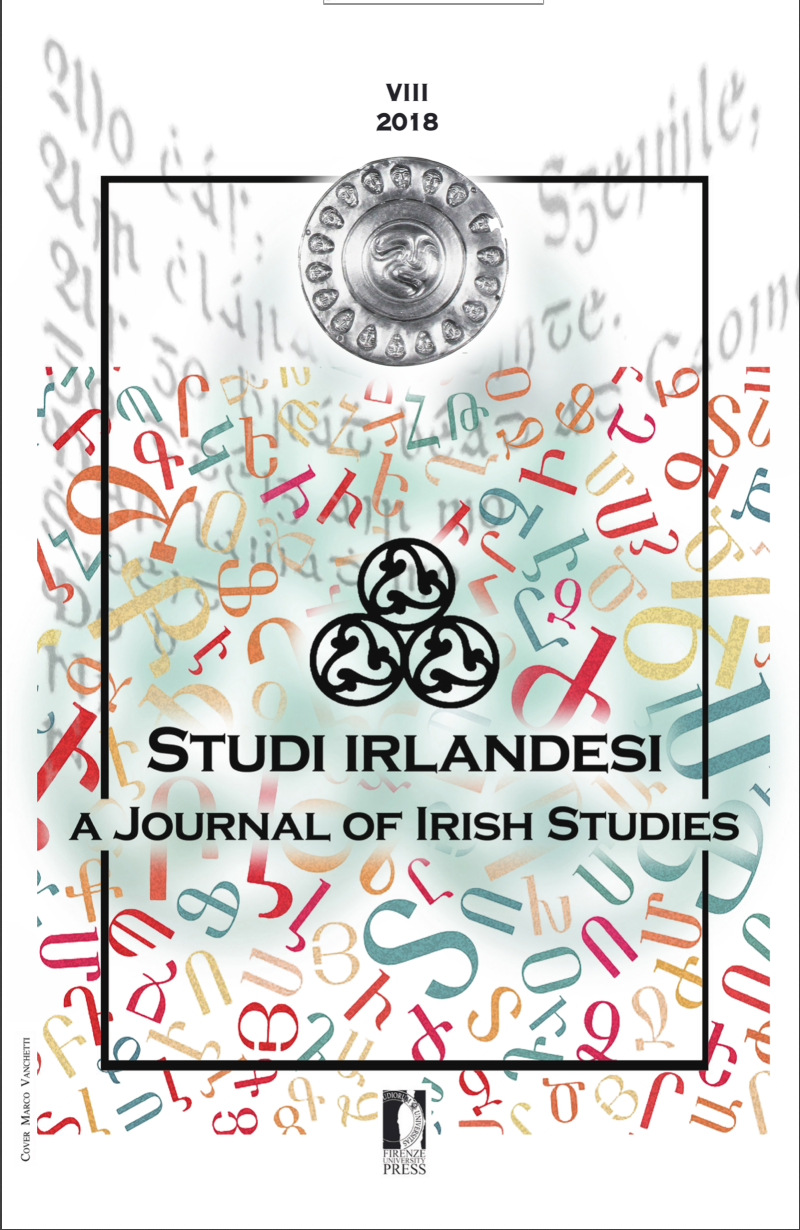Abstract
At first glance, heteronyms may be considered as imaginary names, a kind of poetic signature. However, unlike pseudonyms, heteronyms are names given to fully developed characters that, in spite of being imaginary, possess nearly all human qualities such as physical features, biographies, world views, writing styles, etc. – characters that, surprisingly enough, are capable of having views in sharp contrast to those of the author who has created them. Fernando Pessoa (1888-1935), arguably one of the most significant literary figures of the 20th century as well as one of the greatest poets in the Portuguese language, is the writer credited with the development, naming and introduction of this concept into literature. However, considering the whole body of works produced by the Irish Nobel laureate W.B. Yeats (1865-1939), strong heteronymic qualities can also be discerned in a number of his works some of which produced about twenty years before Pessoa even started his career as a writer. Through a close examination of some of Yeats’s poems and other works, especially his short stories and the prose masterpiece A Vision, the present paper aims at illuminating the origins of the concept under study, as well as presenting its readers with the reasons why certain characters in some of Yeats’s works go beyond mere masks and personae and fulfil the criteria to be considered as heteronyms.


